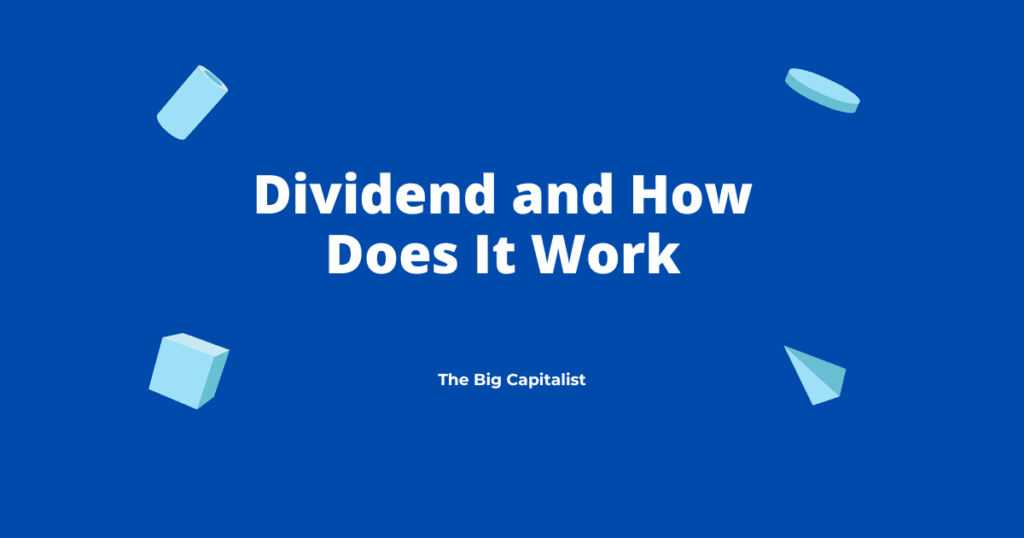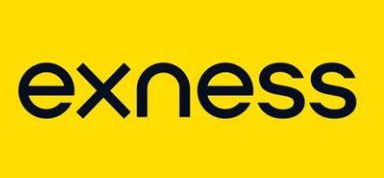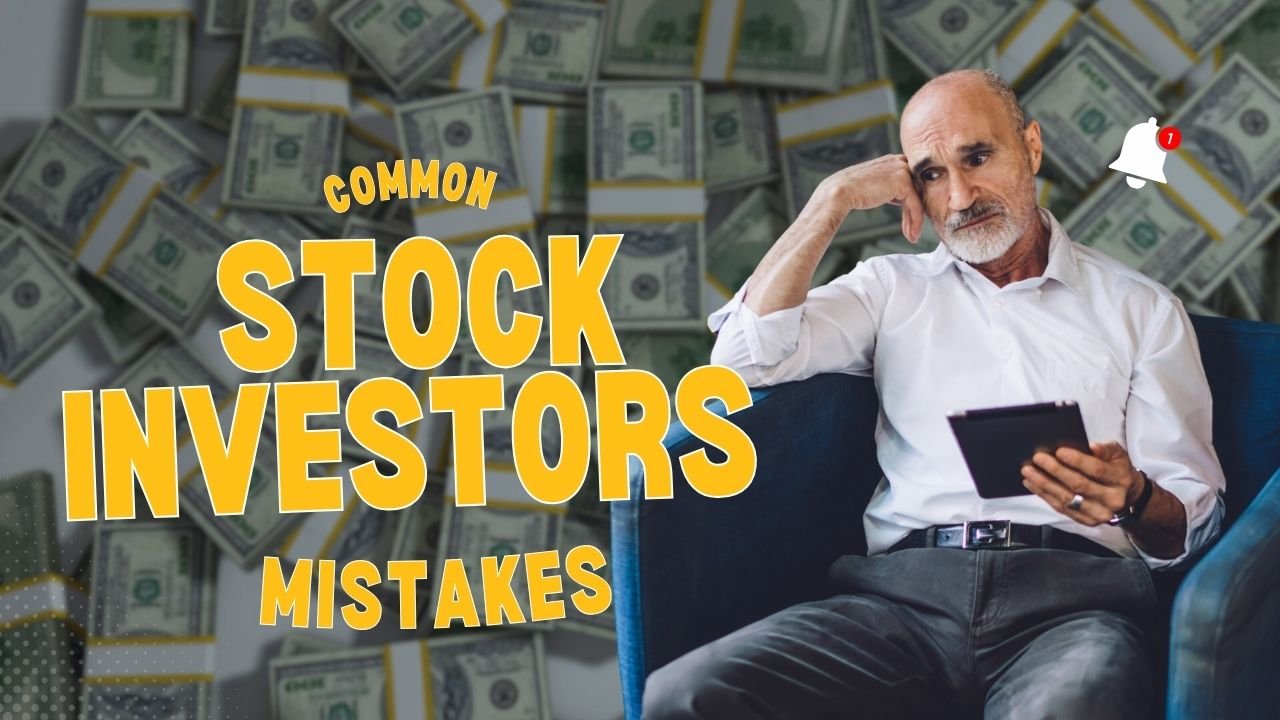In the world of investing, dividends play a crucial role in building shareholder wealth.
But what exactly is a dividend, and how does it work?
This article aims to demystify dividends by exploring their definition, purpose, and process.
We’ll also look at different types, from cash to stock-based ones.
Whether you’re a new or seasoned investor, this guide will enhance your understanding of these payments.
So, let’s dive in and unravel the world of dividends.
Understanding Dividends: The Basics
Dividends are a fascinating aspect of investing. They are a form of income that investors receive from companies.
But where do they come from? And why are they important?
Definition and Purpose of Dividends
A dividend is a payment made by a corporation to its shareholders, usually a portion of the company’s earnings.
The purpose of these payments is to distribute a company’s profits back to its shareholders, rewarding them for their investment.
In essence, dividends are a way for companies to share their success with investors.
So, how does this process work? It’s quite straightforward.
A company’s board of directors decides on a payment amount and declares it.
Shareholders then receive their payment based on the number of shares they own. The more shares you own, the larger your return will be.
This system provides shareholders with a return on their investment.
Types of Dividends
There are several types of these payments, each with unique characteristics.
Here are the most common types:
- Cash Dividends: These are the most common and are simply cash payments made to shareholders, usually expressed as a per-share amount.
- Stock Dividends: Instead of cash, shareholders receive additional shares, increasing their holdings without further purchases.
- Special and Other Types: Special payments are one-time disbursements, often larger than regular ones, usually after an exceptionally profitable period. Other variations include property dividends, where shareholders receive assets other than cash or stock, like products or services.
The Dividend Timeline: Key Dates to Know
Understanding the timeline is crucial for investors, as it helps them know when they’re eligible for a payout.
The timeline consists of three key dates:
- Ex-Dividend Date: The day the stock begins trading without the dividend. If you buy a stock on or after this date, you won’t receive the upcoming payment.
- Record Date: The company reviews its records to determine eligible shareholders. Only those on the books by this date will receive the dividend.
- Payment Date: The date the dividend is actually disbursed, with cash appearing in your brokerage account or additional shares added to your holdings.
Evaluating Income Stocks
When investing in income-focused stocks, key metrics like the yield and payout ratios can help you evaluate profitability and sustainability.
- Yield Ratio: Shows how much a company distributes relative to its stock price.
- Payout Ratio: The portion of earnings a company returns to shareholders, expressed as a percentage of net income.
Both are crucial in assessing the attractiveness and sustainability of a company’s payouts, aiding you in making informed decisions about income stocks.
Income and Investment Strategy
Income distributions play a significant role in many investment approaches, providing a steady income stream and contributing to portfolio growth.
- Reinvestment and Growth: One strategy is using a Dividend Reinvestment Plan (DRIP), allowing you to buy more shares with your earnings. This approach can lead to exponential growth over time.
- Income as Passive Revenue: Alternatively, you can use these earnings as passive income. This strategy is often preferred by retirees or those seeking extra revenue, with high-yield stocks creating a stable flow of income.
Conclusion: The Role of Distributions in Your Portfolio
Understanding these payments is essential for any investor. They provide a steady income and contribute to portfolio growth.
Whether you reinvest or use them as income, these distributions can play a significant role in your financial strategy, helping you meet your financial goals and secure stability.
Frequently Asked Questions (FAQ)
1. What is a dividend in investing?
It’s a portion of a company’s profits paid to shareholders, often as cash or stock, offering a return on investment without needing to sell shares.
2. How does a dividend work for shareholders?
Once declared by the company’s board, dividends are paid to investors who hold the stock before the ex-dividend date, providing income based on the number of shares owned.
3. What are the types of dividends investors can receive?
Common types include cash dividends, stock dividends, and special one-time payouts. Some firms also issue property dividends in the form of physical assets.
4. Why is understanding what is a dividend important for investors?
Knowing helps investors build strategies for income, reinvestment, and long-term growth, especially in retirement or passive income-focused portfolios.
















